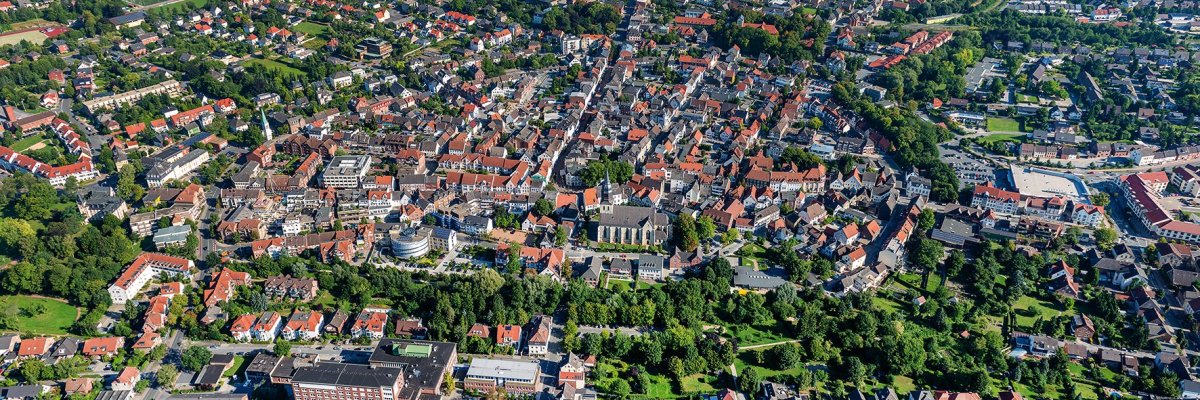Species protection
Notes on the new Building Code NRW 2018 and the protection of species:
Since 01.01.2019, according to § 62 (1) BauO NRW 2018, some building projects previously subject to approval no longer require approval. This applies, for example, to the removal or demolition of certain buildings or structures.
However, the fact that these building projects are exempt from approval does not release them from the obligation to observe the prohibitions of § 44 paragraph 1 numbers 1 to 3 of the Federal Nature Conservation Act (BNatSchG)!
Violations are subject to the fines and penalties stipulated in §§ 69 ff. BNatSchG. The competent lower nature conservation authority of the district of Warendorf may, under certain circumstances, grant an exemption according to § 67 para. 2 BNatSchG, provided that an unreasonable burden exists.
Since 1 March 2010, all urban land use planning procedures and building permit procedures in indoor and outdoor areas must take into account species protection concerns in the form of a species protection assessment (ASP). This is important in order to protect animal species that can inhabit buildings. These species may include the barn owl, little owl, barn swallow, house martin, kestrel, peregrine falcon, house sparrow, tree sparrow, redstart, swift, jackdaw, little bat, broad-winged bat, brown long-eared bat, fringed bat, greater mouse-eared bat, great bearded bat and greater evening bat. They can enter buildings through owl holes, crevices, gaps in roofing or window openings. In addition to roof spaces, various cracks, crevices or holes in masonry can also be colonised. Bats also like to settle behind boarding (e.g. wood, slate, etc.). Bats in particular are usually very difficult for the layperson to detect because they live very hidden. Only a few bat species hang freely in attics. A pygmy bat, for example, fits into crevices no larger than a matchbox.
In the course of a building or demolition application, protocol sheets A and B of the species protection assessment must be completed by the applicant and submitted to the responsible building authority.
In record sheet A, a field must be filled in with a brief justification as to why no prohibitions of § 44 of the Federal Nature Conservation Act (BNatSchG) are triggered by the project if the question in stage I (preliminary assessment) is answered with "no". This must be completed by the applicant or a corresponding expert. Otherwise, the form is considered invalid.
If a colonisation of building-inhabiting animal species cannot be ruled out with certainty, it is necessary to have an in-depth assessment carried out in the form of a building inspection with a specialist report. A selection of suitable expert offices can be requested from the Lower Nature Conservation Authority of the District of Warendorf .
A list of so-called planning-relevant species and further information on the subject of species protection in North Rhine-Westphalia can be found on the website of the North Rhine-Westphalian State Office for Nature, Environment and Consumer Protection (LANUV).
Legal basis § 44 of the Federal Nature Conservation Act (BNatSchG)
It is forbidden:
- to pursue, catch, injure or kill wild animals of the specially protected species or to take their development forms from nature, to damage or destroy them (§ 44 Para. 1 No. 1 BNatSchG
- significantly disturb wild animals of strictly protected species and European bird species during the breeding, rearing, moulting, wintering and migration periods (Article 44 (1) (2) of the Federal Nature Conservation Act).
- Remove from the wild, damage or destroy reproduction sites or resting places of wild animals of specially protected species (Article 44 (1) (3) of the Federal Nature Conservation Act).
Downloads - Protocols for the Species Protection Assessment (ASP)
